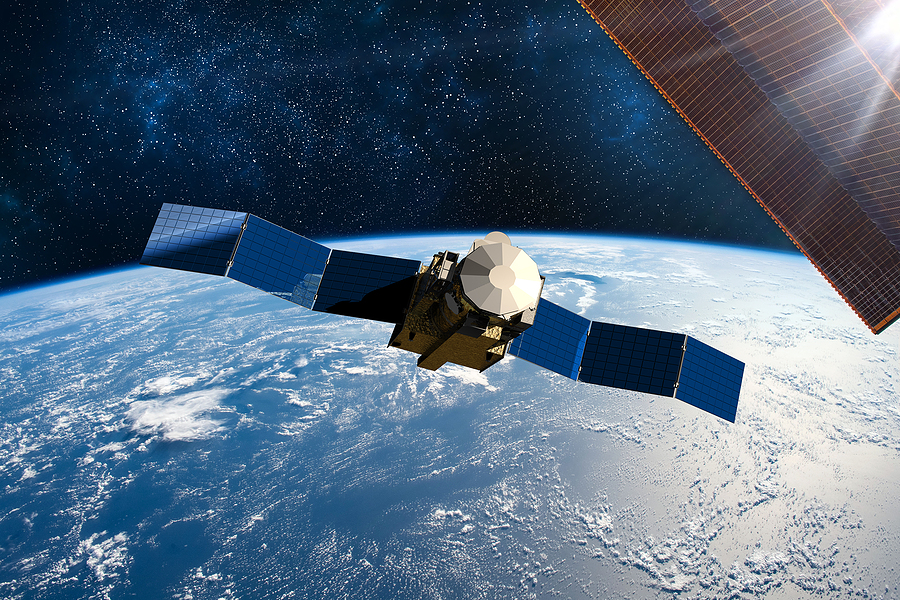An experiment is set to be literally launched to see how effective concrete and concrete repairs are in outer space.
The experiment, set to take place in the International Space Station as part of the Cosmic Kiss mission by the ESA, will see Matthias Maurer mixing concrete by hand with a specially designed hand-sized mixer in the microgravity environment of the International Space Station.
The mixer, a giant inflatable bag and the crucial three ingredients of cement, water and additives are set to reveal the importance of gravity in the concrete construction process and how feasible a concrete-like substance would be to build habitats in space.
Given that gravity is a constant force that affects the curing process of concrete, there is no way to undertake this experiment on the Earth itself, so the near-zero gravity seen on the International Space Station
A very similar experiment was attempted in 2019 by NASA, which highlighted that concrete produced in space was far more porous than on Earth and looked into the potential for using lunar dust and other space-based materials as part of the concrete mixing process.
The Cosmic Kiss experiment will expand on this initial NASA experiment by looking into different mixing strategies, the use of lunar dust and potentially lead to further experiments into how concrete would function in other gravity environments such as those found on the Moon or Mars.
At the very least, it will offer an insight into how the physical and chemical processes behind concrete work absent of the fundamental changes gravity adds to the process, potentially leading to more efficient mixing techniques in the future.
Concrete Space Bases
The ultimate goal of this experiment and other similar experiments into the viability of the most widely used construction material on the planet for creating structures in space and on planets with a gravity lower than that of the Earth itself.
Creating a permanent habitable structure on another planet will require the use of solid, protective materials that can protect the inhabitants of the planets from problems not seen on earth such as the effects of cosmic radiation and micrometeorites.
The ideal endgame of this experiment is that either concrete or a material like it can be the fundamental building material, but given how differently concrete reacts to its environment, there is a worry that concrete made in space or on a planet with a thinner atmosphere and lower gravity would not be strong enough.
NASA’s initial experiments focused purely on whether concrete would mix at all, so the Cosmic Kiss Experiment will look into factors such as how concrete reacts to being exposed to space itself and whether it would even mix outside of a sealed container.
The final, fundamental aspect of the experiments is whether the specific ingredients for portland cement, which cannot be found on the Moon nor Mars, are fundamentally necessary for concrete or whether they can be replaced.
This could have major implications on the viability of building lunar and Mars bases, since it may not be possible to send the ingredients from Earth to another planet using current rocket technology.

